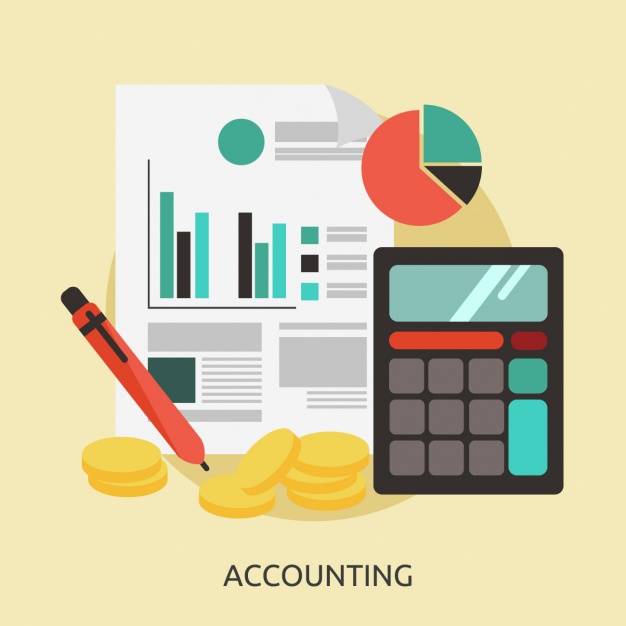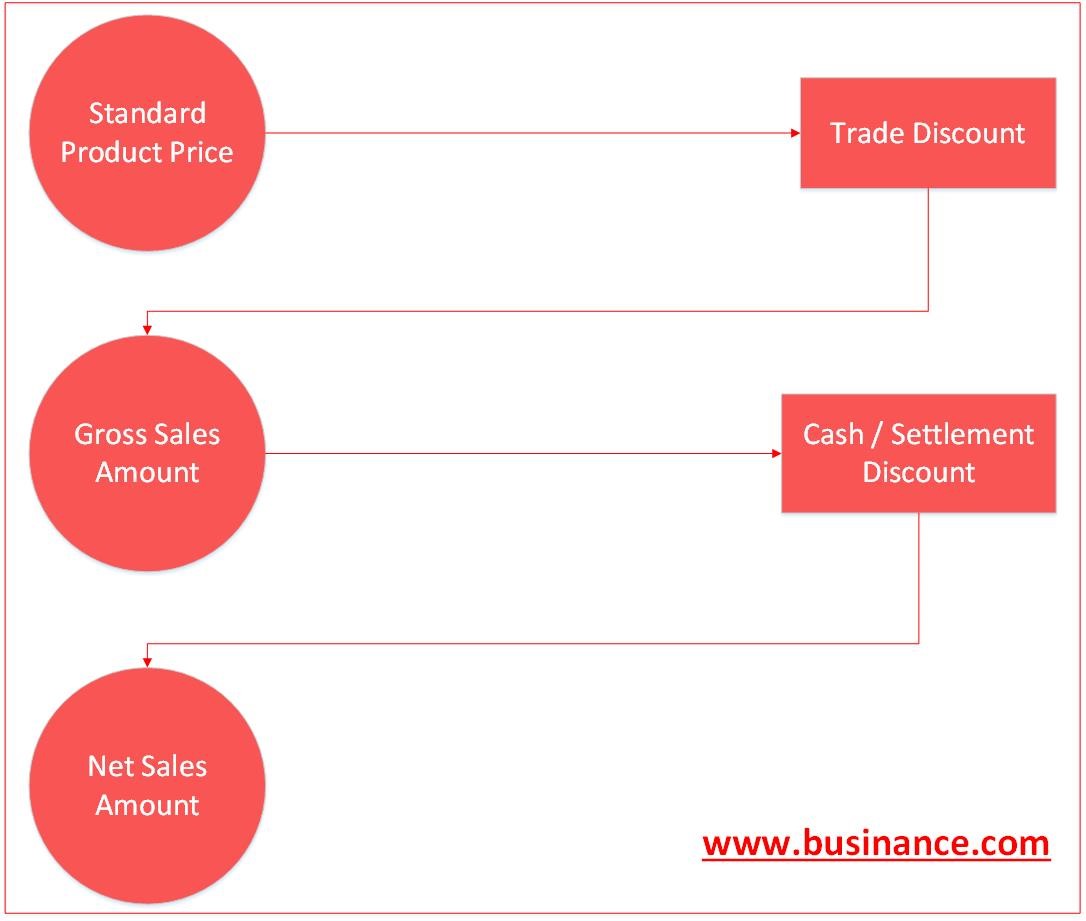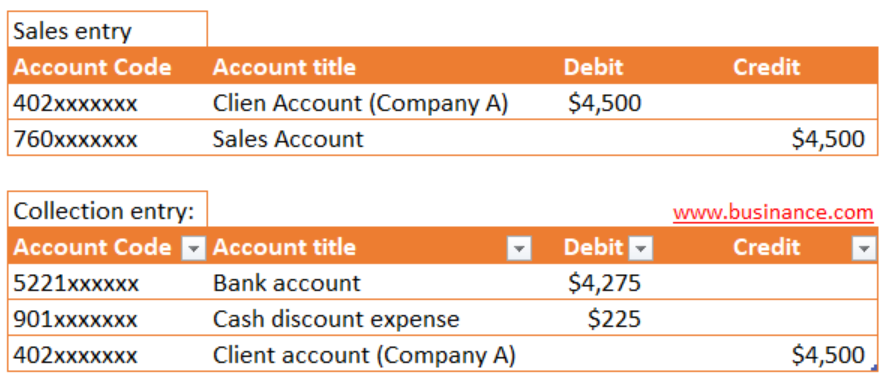[vc_row][vc_column][vc_column_text]
Some of the key points IFRS 16 requires:

Application:
IFRS 16 “Leases” is effective from 1 January 2019 with earlier adoption permitted. The standard primarily provides accounting treatment on leases for lessees. The impact on lessors is almost nil.

Long term leases:
IFRS 16 classifies leases into two main types. First is the short term lease, these are the leases which are for a period of 1 year or less than that. The second type of leases is long term lease; these are the leases whose duration is more than 1 year. IFRS 16 is applicable on long term leases.

Right of Use assets:
A right of use asset is an asset which is been leased by a lessee on a long-term lease i.e., the lease period is of more than 1-year duration. The right of use means the lessee has effectively rights of use of assets almost similar to that of an owner.

Capitalization of right of use assets:
IFRS 16 requires lessee to recognize a right of use asset in its balance sheet, as non-current asset, for the long-term leases where certain conditions are met. The capitalization of right of use asset shall be done at the present value of lease payments to be made over the life of the lease.
![]()
Lease liability:
IFRS 16 requires recognition of lease liability as a corresponding credit entry to recognition of right of use assets. Thus, a lease liability will be booked at present value of lease payments over the life of the lease. The initial recording of asset and liability will be at the same value and the accounting entry for right of use of asset and lease liability will be as follows:
Debit: Right of use asset $5,000
Credit: Lease Liability $5,000

Depreciation of right of use assets:
Once a right of use asset has been capitalized, its useful life shall be assessed. This useful life will become the basis of calculation of depreciation on right of use asset. Thus, although these assets are not legally owned by the lessee, depreciation will be charged on right of use assets, recognized as per requirements of IFRS 16.

Rent Expense:
IFRS 16 does requires that rent expense shall not be reported or recognized in the profit and loss statement (or in the books of accounts). This is because, IFRS 16 is treating this item effectively as an owned asset (i.e., right of use asset). So, there cannot be a rent expense booked for the assets which has been classified as right of use assets. But depreciation on these assets will be booked and presented in P&L, as discussed above.

Unwinding of discount (or interest expense):
After the initial liability is recognized (as stated above) on the implementation of IFRS 16 (or on booking of a new right of use asset), we need to calculate and incorporate interest expense from time to time. This interest expense is for the time period for which the liability remains outstanding. Let’s say that if we recognized a liability of 1 January 2019, we need to book interest expense on this liability once we reach the month end closing on 31 January 2019. The accounting entry for the interest expense will be as follows:
Debit: Interest expense ($5,000 X 5% X 31/365) $ 21.23
Credit: Lease Liability $ 21.23
The above entry would keep increase the liability amount.

Payment of lease liability:
Once the lease liability is paid, the liability will be debited and the bank account will be credited. This is as per normal accounting practices.

Accounting for short term leases:
There will be no recognition of a right of use asset or a lease liability once a lessee enters into a leasing arrangement. Therefore, there is no depreciation charge and no interest charge as well.

Accounting for Lessor:
The lessor shall identify whether it is an operating lease or a finance lease and then will account for it accordingly. A finance lease is a lease which substantially transfers risks and rewards associated with the asset. All other leases are operating leases.
While accounting for a finance lease, lessor shall recognize a lease receivable amounting to net investment in the lease.
Key features of IFRS 16:
- IFRS 16 does not provide options. It instructs to follow a single model. If the lease period is more than 1 year, the lessee MUST recognize right of use assets and corresponding long term lease liability. There is no option or choice available. This enhances consistency of financial statement presentation and enhances investors’ confidence on financial reporting.
- Materiality, as a basic accounting feature, is still an important factor. If the lease amount is not material then lessee is not burdened with unnecessary recognition of right of use assets and lease liabilities.
- Lessor’s are allowed to continue to adopt the same approach of operating lease or a finance lease as it was available under IAS 17 – Leases.
- First time adoption of IFRS 16 allows the adoption to be prospective or retrospective. Propsective application is simplified method of IFRS 16 adoption, under which you don’t need to restate the figures of comparative period. In full adoption method, the figures of comparative period of 2018 have also to be complied as if IFRS 16 was in effect from 1 January 2018.
- Assets shall be subsequently measured at cost model (or revaluation model if that asset comes under a class which is measured at revaluation model by lessee) or at fair value model if it is an investment property (if the policy of the lessee is to use fair value for investment properties).
[/vc_column_text][/vc_column][/vc_row]




 [/vc_column_text][/vc_column][/vc_row]
[/vc_column_text][/vc_column][/vc_row]













